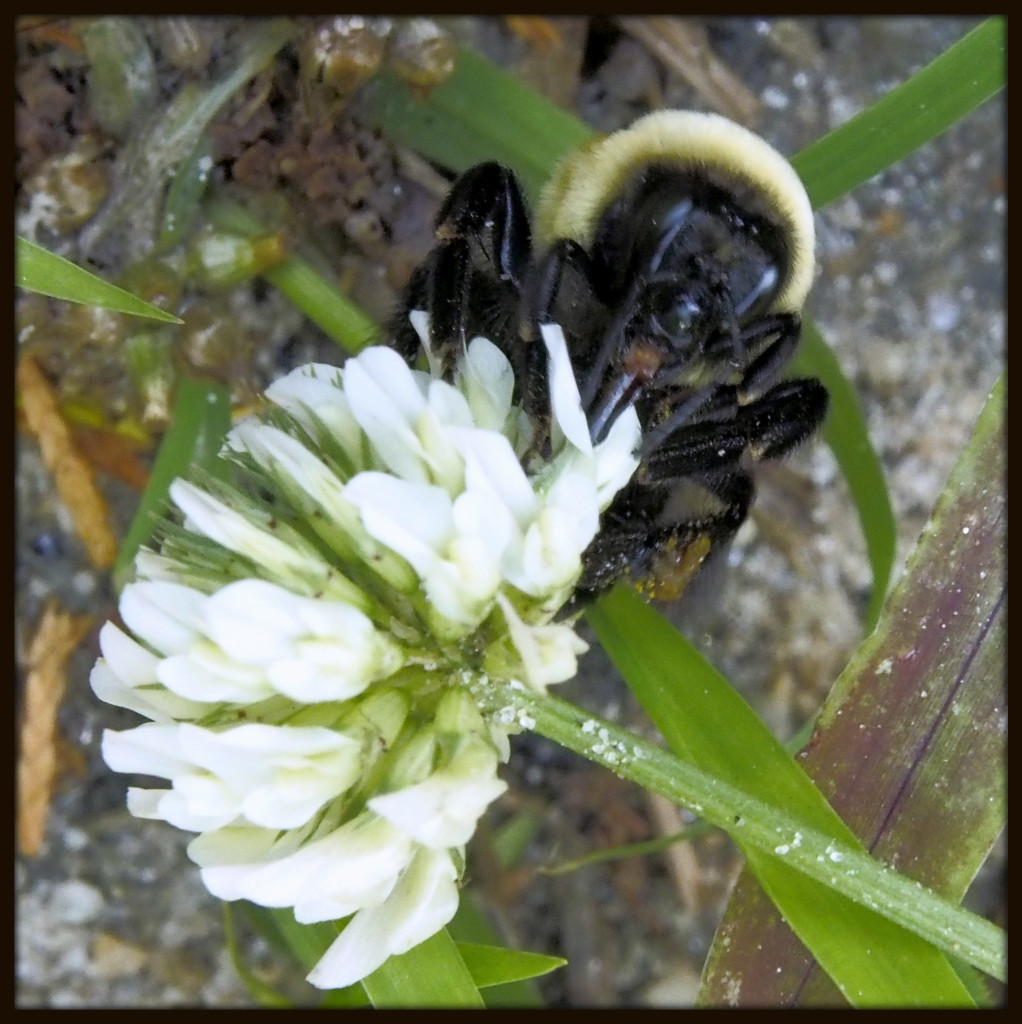I arrived to Piney Woods Church Road near sunset, after an evening thunderstorm. The lighting was marvelous; for a few minutes, the sun on its descent emerged from the clouds to shine a brilliant yellow-orange low in the sky.
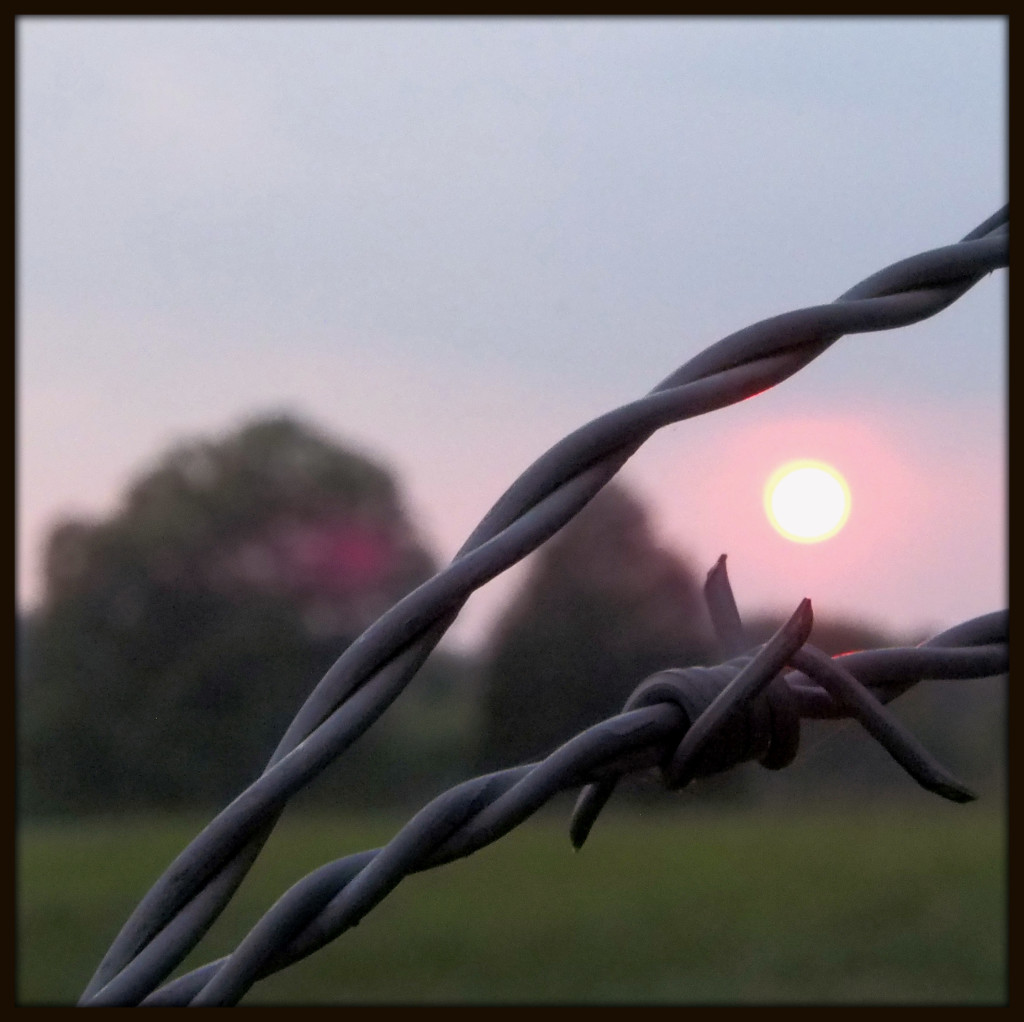
I arrived to Piney Woods Church Road near sunset, after an evening thunderstorm. The lighting was marvelous; for a few minutes, the sun on its descent emerged from the clouds to shine a brilliant yellow-orange low in the sky.

Late this afternoon I sauntered down Piney Woods Church Road, hoping to obtain a few photos of plant leaves in golden-hour sunlight. I was startled — and delighted — to see young calves out in the pasture with their mothers. According to a neighbor, the calves are probably less than a week old. In this photograph, a new mother nuzzles her young charge.
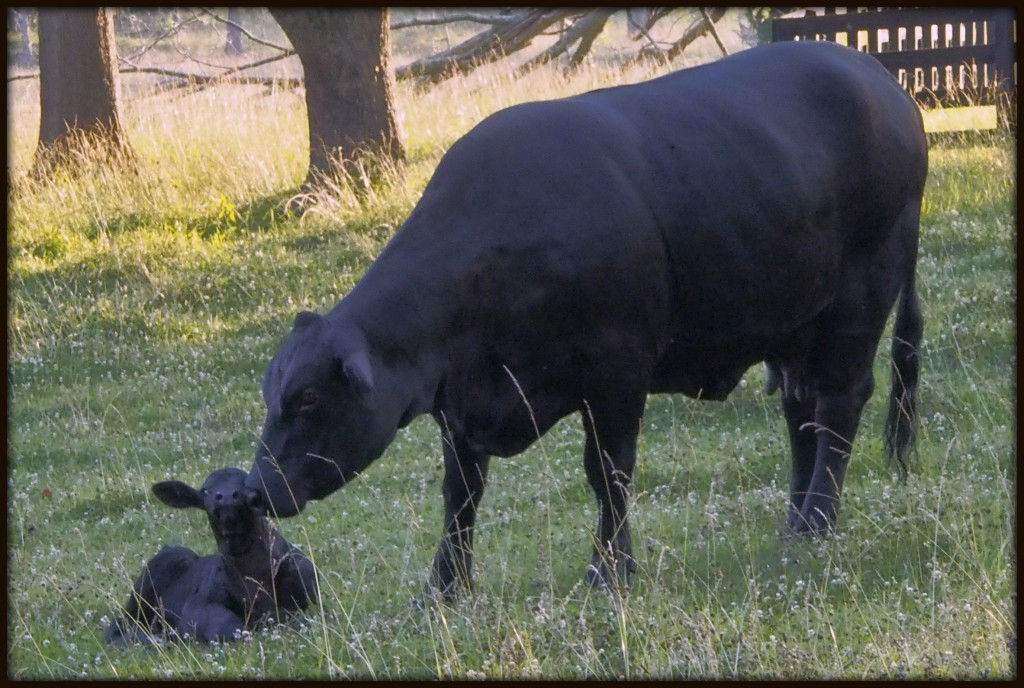
I have passed this moss- and lichen-encrusted boulder of granite for 166 days now, and at last, I include its photograph. My first love was geology, and one of the landscape features I miss most along Piney Woods Church Road is a fresh roadcut, a spot where a road has been blasted or bulldozed through the local bedrock. This boulder is the largest geological specimen on my daily walk. At several hundred million years old, it truly is a Rock of Ages.
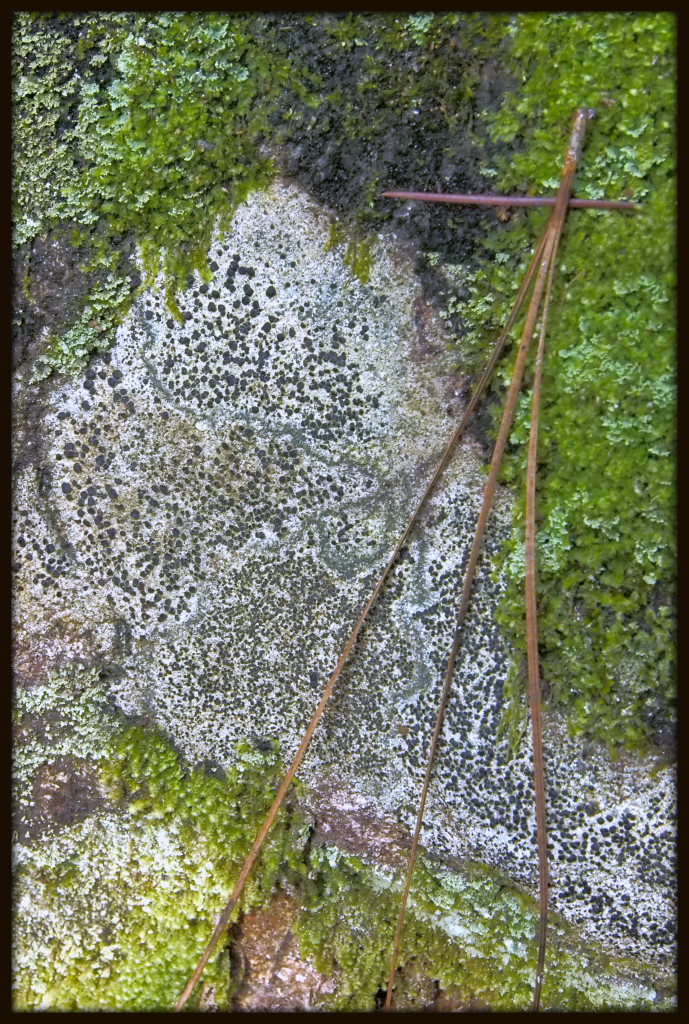
Today as I strolled along the Piney Woods Church Road drainage ditch, I glimpsed this yellow flower by the side of the ditch. I later identified it as Goatsbeard, (Tragopogon pratensis). Another immigrant from Europe, it is also called Showy Yellow Goatsbeard to distinguish it from Yellow Goatsbeard (also from Europe). To add further confusion, there are half a dozen other common names routinely applied to one or the other of the two plants, making a very good argument for the benefit of using Latin taxonomic names instead. Goatsbeard earned its common name, I suspect, because of its airy, dandelion-like seed ball, three inches across.
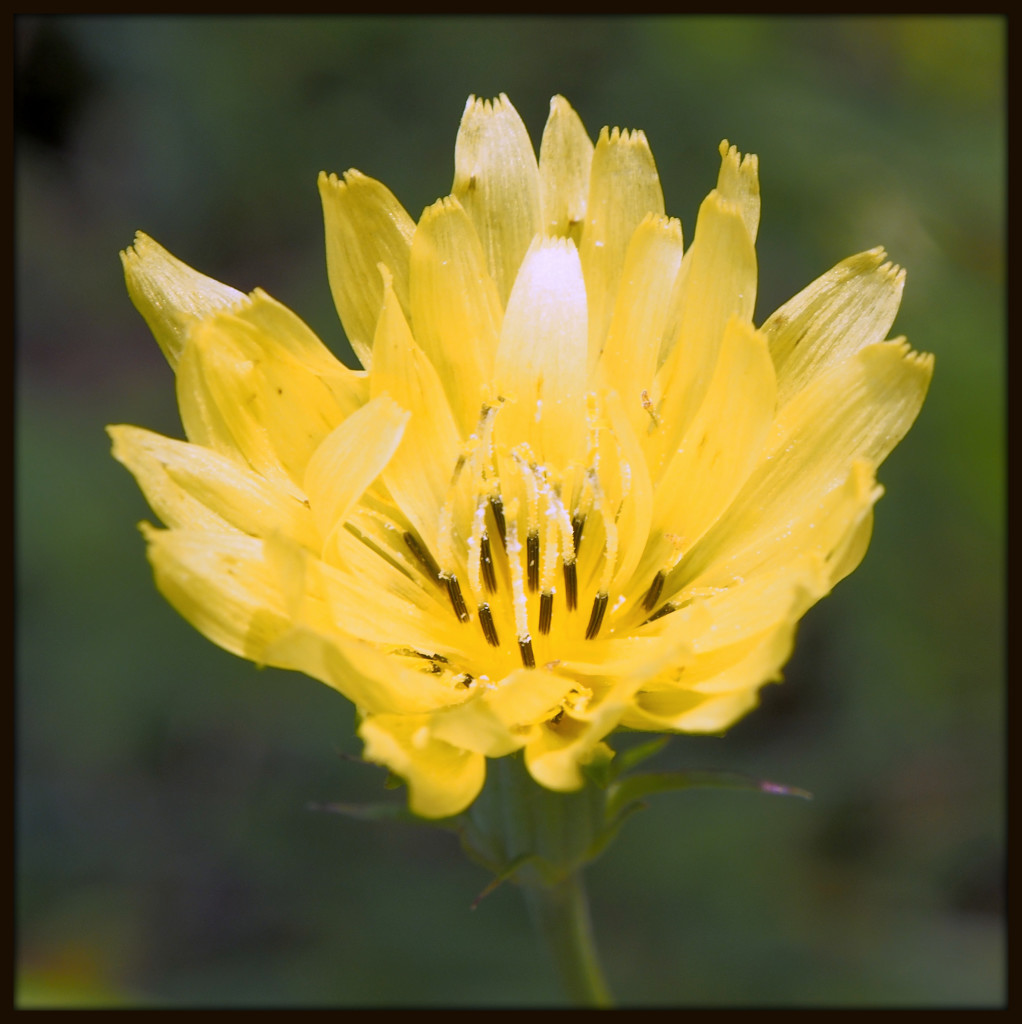
My favorite image from this afternoon’s Piney Woods Church Road walk is this dried and curled bit of water oak leaf.
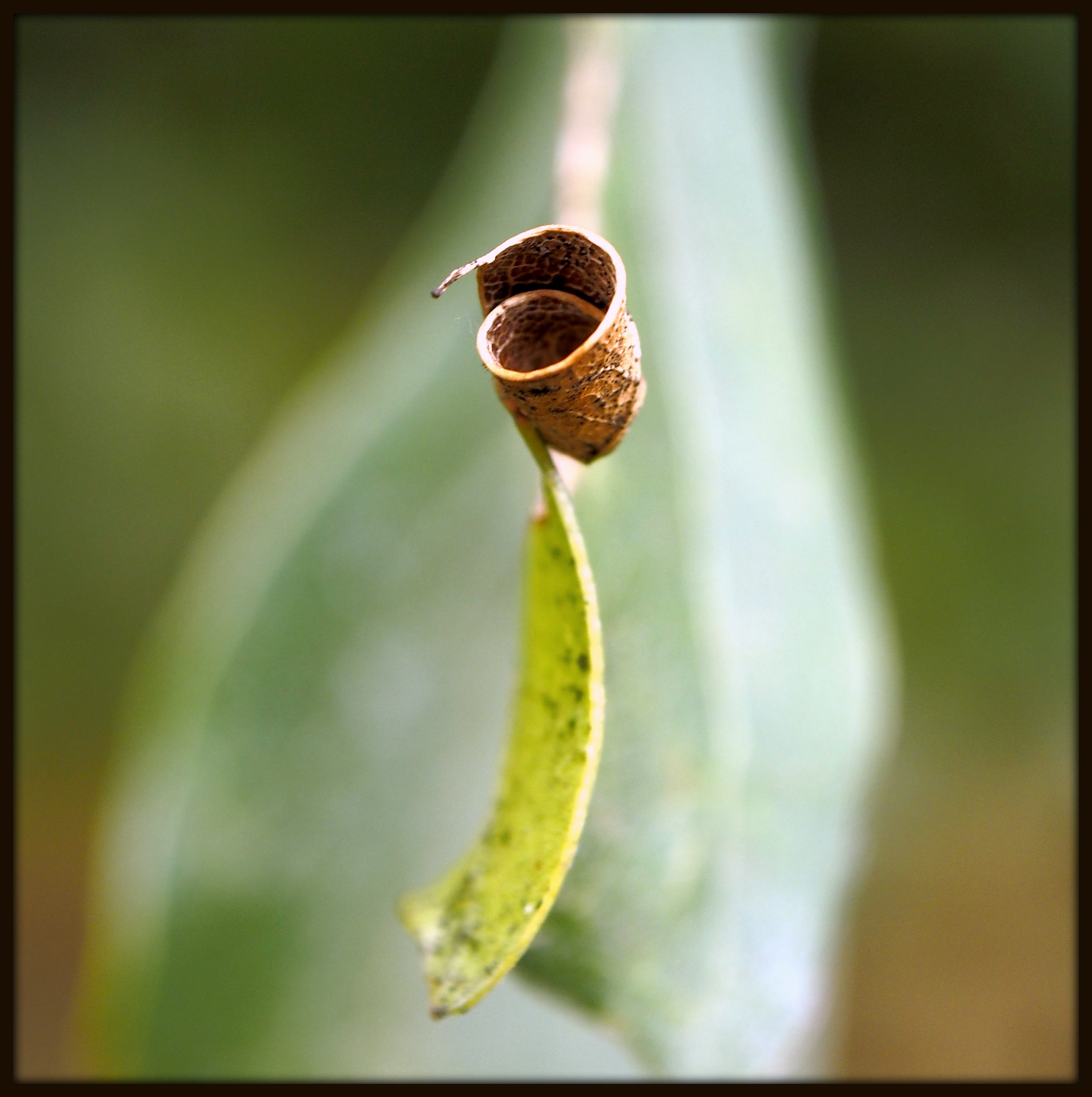
Today on my morning walk I kept finding myself drawn to tendrils of muscadine grapevines, which are growing in profusion right now along Piney Woods Church Road.
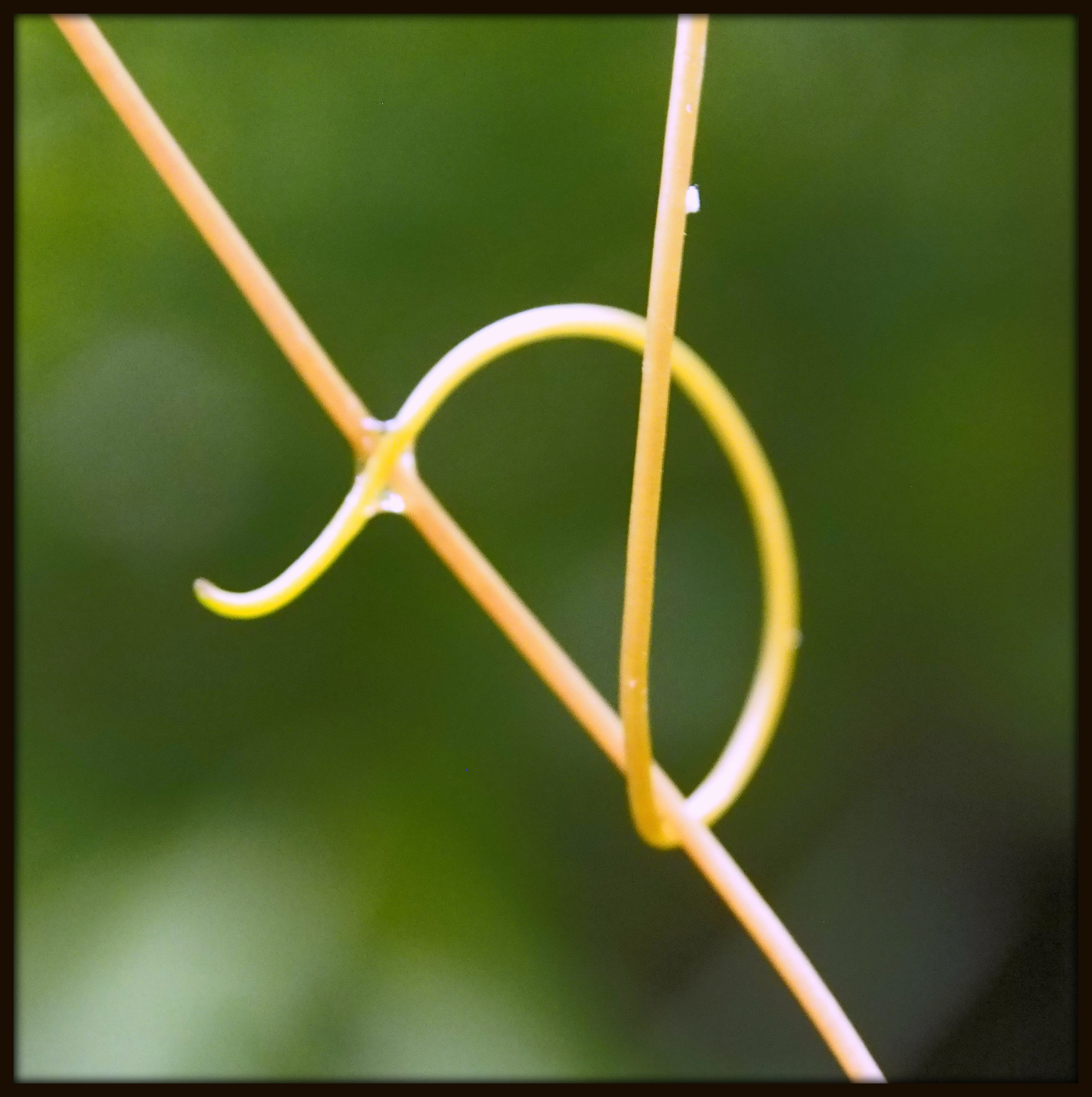
In addition to the all of the still-blooming daisy fleabanes (on their way out, at last), two other flowers are currently in bloom along Piney Woods Church Road: a lone daylily, and a small number of Carolina horsenettles.
I photographed this daylily plant just two days ago; however, today’s image is of a different bloom. Each one lasts for only a single day, as the name suggests. Since there was only one bloom, I again resisted the urge to pluck it. As I noted in my earlier post, the petals taste like sweet lettuce, adding a splash of orange to a salad.
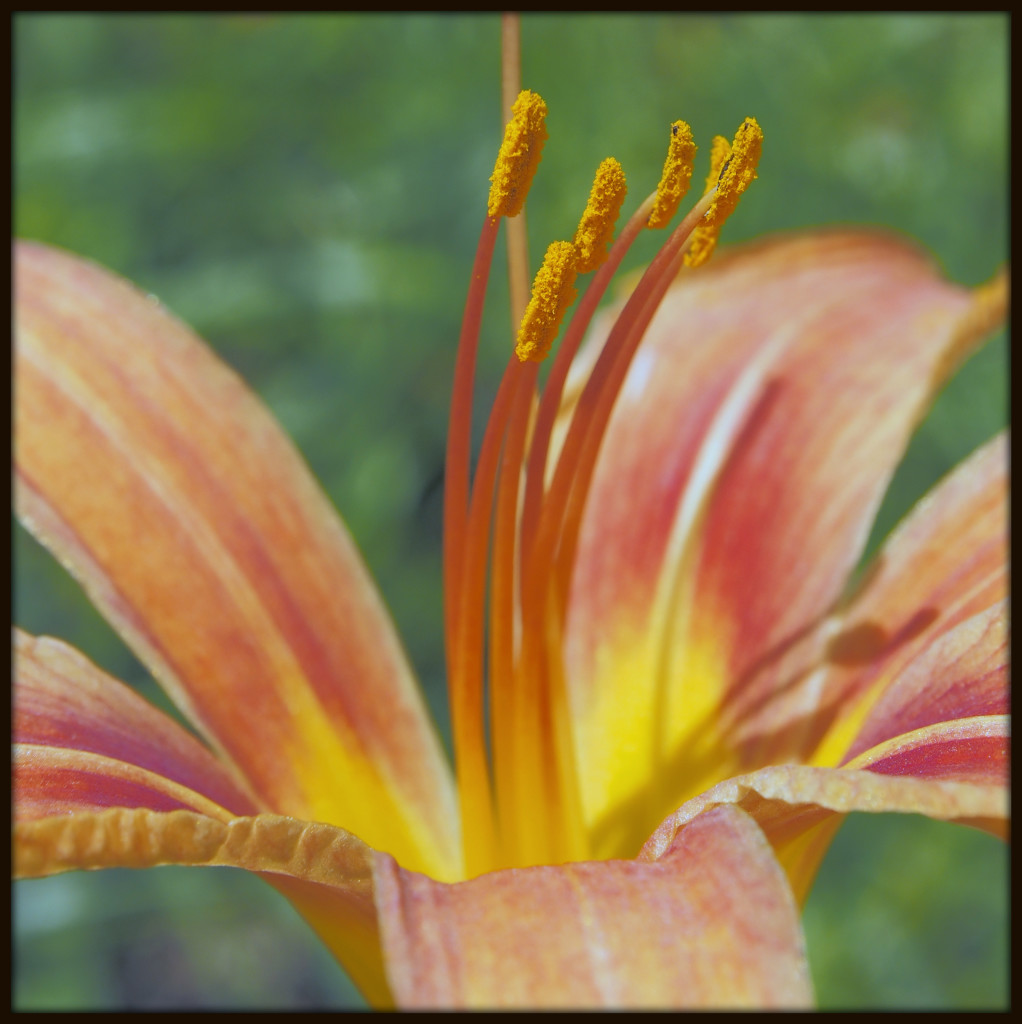
On the other end of the spectrum is the Carolina horsenettle (Solanum carolinense), also known as sand brier, radical weed, bull-nettle, tread-softly, apple of Sodom, and the devil’s tomato. As several of these names suggest, the Carolina horsenettle is not edible — in fact, it can be quite toxic, due to the presence of solanine. Ingesting any part of this thorny plant can make one quite ill; eating the tomato-like fruits can be fatal. Ironically, unlike the daylily, the Carolina horsenettle is native to the Southeastern United States, though it has now spread across the country.
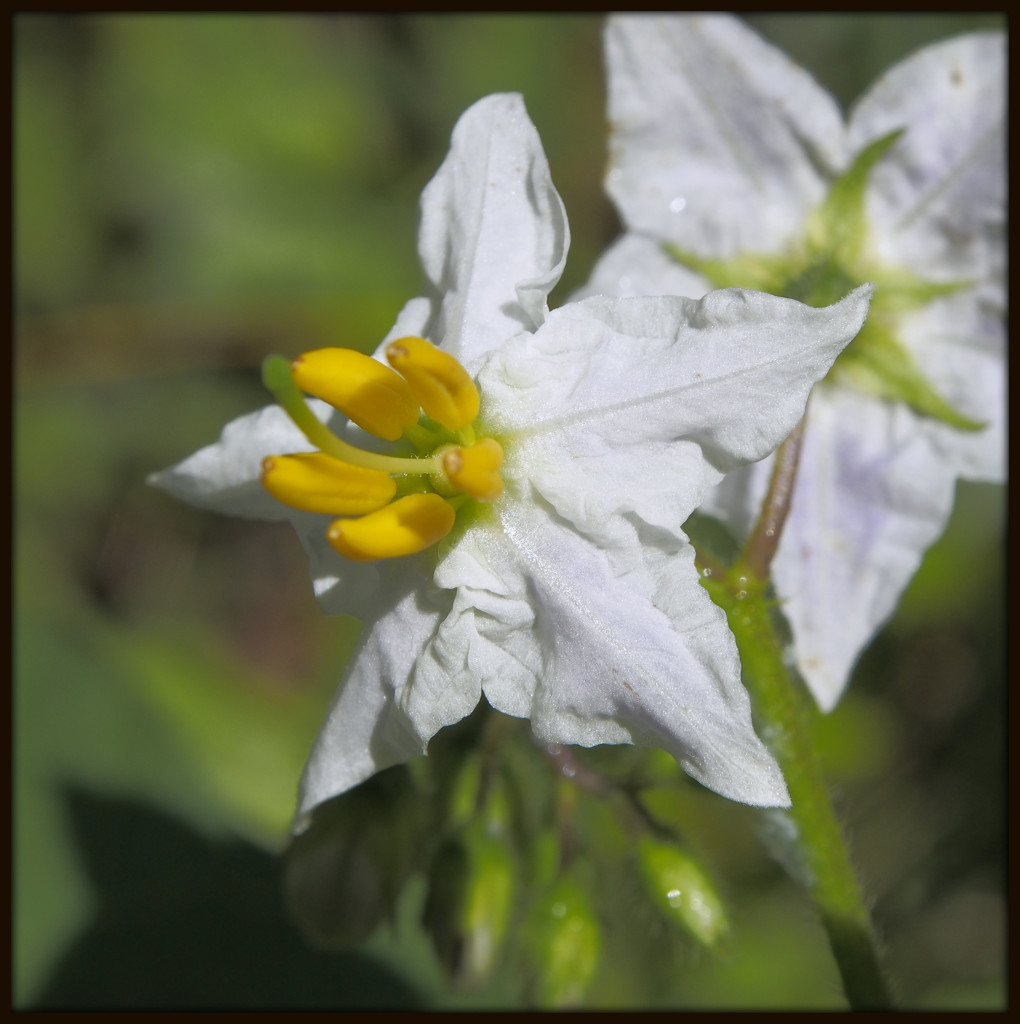
After rainstorms, I enjoy walking Piney Woods Church Road and photographing droplets of water, clinging like jewels to leaves and stems. But what I glimpse as a thing of beauty can become a deadly snare to a small insect. This morning, I glimpsed a small flying insect on a greenbrier leaf. It had accidentally stepped onto the edge of a large drop of water, breaking the surface tension. As a result, it was stuck as if to gloue, flailing about like a tragic figure in Shakespeare. I took several photographs if its valiant efforts to break free. Then, in an act of Deus ex machina, I intervened, offering a dead leaf as a lifeline, freeing the insect from its watery doom.

The Road goes ever on and on
Down from the door where it began.
Now far ahead the Road has gone,
And I must follow, if I can,
Pursuing it with eager feet,
Until it joins some larger way
Where many paths and errands meet.
And whither then? I cannot say.
— J.R.R. Tolkien, The Lord of the Rings
Below: Piney Woods Church Road illumined during a sunshower, 10 June 2014.
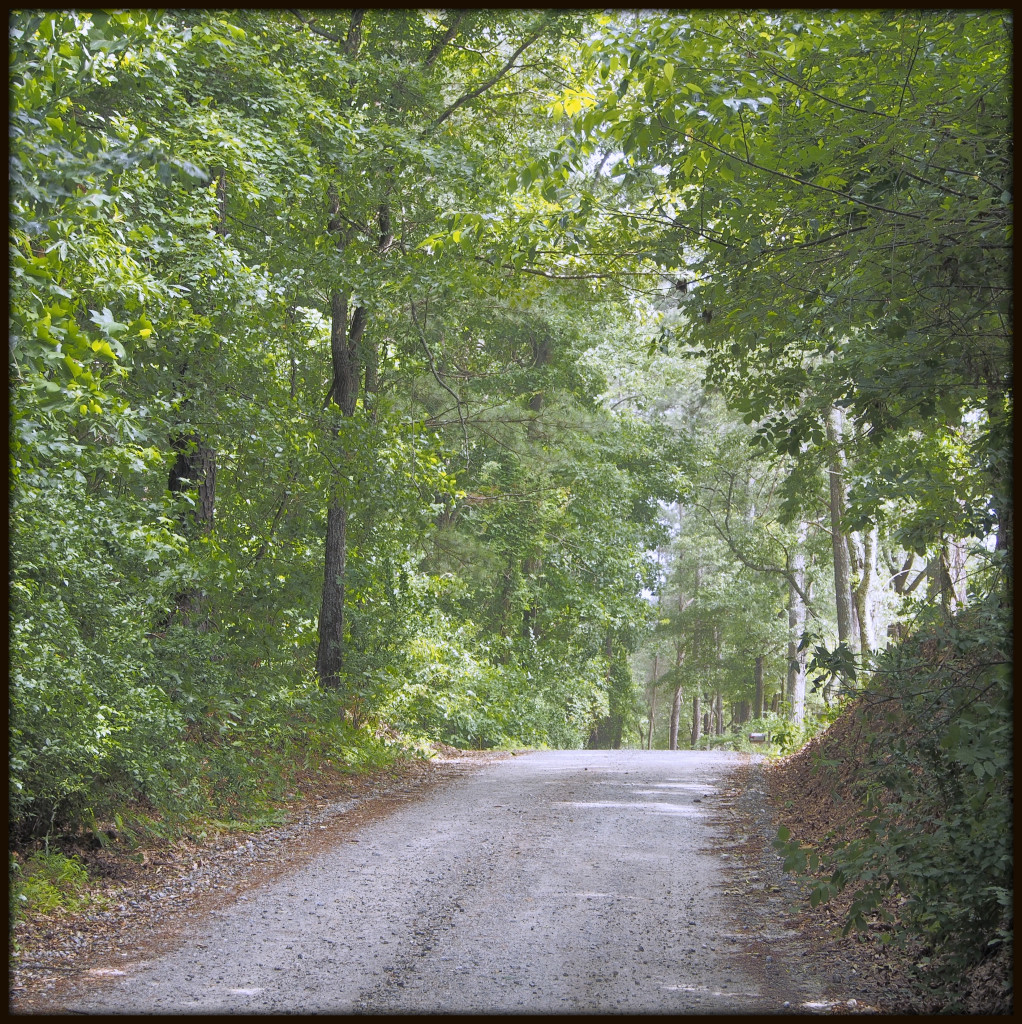
It was a lovely, somewhat steamy late-spring afternoon, and the bees were busily at work along Piney Woods Church Road, dashing from clover to clover. I watched one highly enthusiastic bumblebee darting from one flower head to the next, with each new landing causing the blossom to flop over onto the ground. I suppose, given the clover’s need to get pollinated, it was worth the weight.
